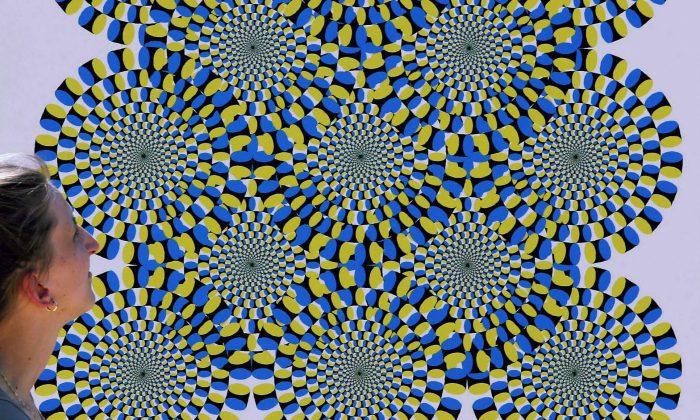This is the second part in a II part series. Click here to read Reality: A Mere Illusion (Part 1)
“To them, I say, the truth would be nothing more than shadows of the imagination.”
—Plato, from “The Republic”
Shadows and colors of light are crude projections of a “more real” reality. The universe that we live in presents itself as something even more illusory, where bodies, minds, and planets are parts of a great magic trick without a magician or an audience.
Scientists in Hanover, Germany, working on the GEO 600, which is an instrument that detects gravitational waves, believe they have discovered a “granulation” in space-time that indicates that our universe is nothing more than a giant hologram.
Those responsible for the GEO 600 believe that, in the same way a digital image loses resolution with significant increase in its size, the captured interference in the detector could be interpreted as the universe’s limited resolution of what it’s capable of providing to human eyes. There’s an exact point where the hologram of reality begins to “pixelize” itself.
The scientists suspect that the precision of the GEO 600, capable of detecting variations in longitudinal waves at the subatomic scale, served to discover the tiniest grains that compose the three-dimensional holographic universe, projected from the bidimensional confines of its interior.
You and I, Only Holograms
The idea of a holographic universe isn’t new. In the 1990s, scientists Leonard Susskind and Gerard Hooft suggested that the same principle that makes a two-dimensional image on a flat surface look three-dimensional could be applied to the entire universe.
Then, why do our senses perceive reality in such a distinct and “voluminous” way if we appear to be no more than shadows on a flat screen? The problem could be that our human eyes and our powerful telescope lenses conform to the reality of such a hologram of the rest of the universe.
The second point to consider is that our organic brain can also be found in the illusion, never being able to interpret a universe with a greater or fewer number of dimensions than can be perceived.
Neurophysiologist Karl Pribram, founder of the Center of Cerebral Research at the University of Radford in Virginia, thinks that our brains are holograms interpreting the hologram universe, mathematically constructing a reality interpreting frequencies that come from another dimension—a domain of significant reality that transcends time and space.
Nevertheless, the theory of a holographic universe of only two special dimensions conflicts with multidimensional theories arising from the roots of the superchord theory. Before this mark of a disparate hypothesis, many scientists already suspected that the universe is a hologram or illusion created by particles in the emptiness. However, all of the scientific efforts to comprehend the truth amid the mirage have become trapped in a frustrating array of unprovable theories.
Many vanguard theorists think that the disturbing breach in the field of quantum physics and relativity could explain historically argued phenomena in the scientific field, like those in which the mind doesn’t seem to be associated to the brain—such as near-death experiences, remote vision, and precognition.
In whatever case, Plato’s allegory of the cave would seem to be the most rational option now for explaining these vivid daily experiences that our brains interpret as being real appearances of the world.





Friends Read Free